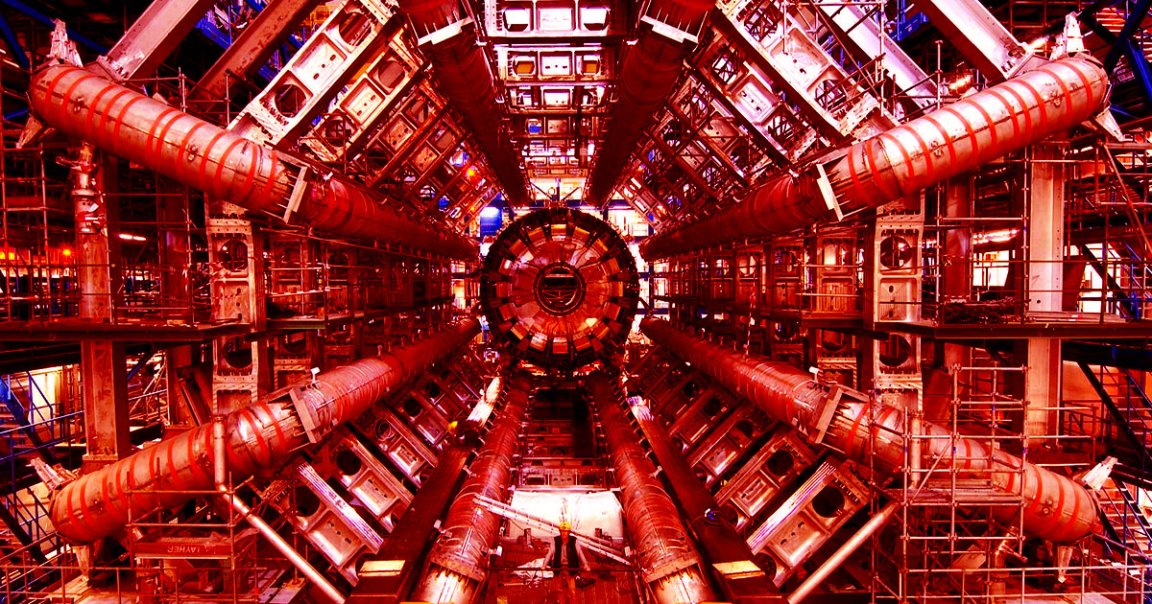
Back and Forth
Oxford physicists have discovered a subatomic particle that can transition between matter and antimatter, and that could have a huge impact on how we look at the universe.
Using the Large Hadron Collider at CERN, the researchers discovered that charm mesons — subatomic particles that have both a quark and antiquark — can spontaneously switch between particle and antiparticle states, according to The New Atlas.
Previously, researchers just thought that charm meson “merely” traveled as a mix of matter and antimatter. Now they know that it can switch between the two states based on data gathered through experiments with the collider. A preprint of the scientists’ findings can be found on arXiv.
Difference in Weight
What clued the researchers into the fact that charm meson can be both matter and antimatter was an incredibly small difference in weight between matter and antimatter that make up the particle.
In fact, the scientists found that the matter and antimatter in the charm meson had a difference of just 0.00000000000000000000000000000000000001 grams. They were able to measure this via proton collisions using the Large Hadron Collider.
“Charm meson particles are produced in proton–proton collisions and they travel on average only a few millimeters before transforming, or decaying, into other particles,” Tim Gershon, professor in the Department of Physics at the University of Warwick, said in a press release from the University of Oxford.
“By comparing the charm meson particles that decay after travelling a short distance with those that travel a little further, we have been able to measure the key quantity that controls the speed of the charm meson oscillation into anti-charm meson – the difference in mass between the heavier and lighter versions of charm meson,” he continued.
Big Implications for Big Bang
Now researchers are looking into the actual transition process of the charm meson itself, according to the press release. However, their findings already challenge commonly accepted beliefs of the universe.
For example, the Standard Model of particle physics says that the Big Bang produced matter and antimatter in equal amounts — but scientists know this isn’t the case and that there’s a lot more observable matter than antimatter, according to CERN.
“Tiny measurements like this can tell you big things about the Universe that you didn’t expect,” said Dr. Mark Williams of the University of Edinburgh in the press release.
READ MORE: Particle seen switching between matter and antimatter at CERN [New Atlas]
More on antimatter: The Story of Antimatter